Welcome to another week of Dear Duolingo, an advice column just for learners. Catch up on past installments here.
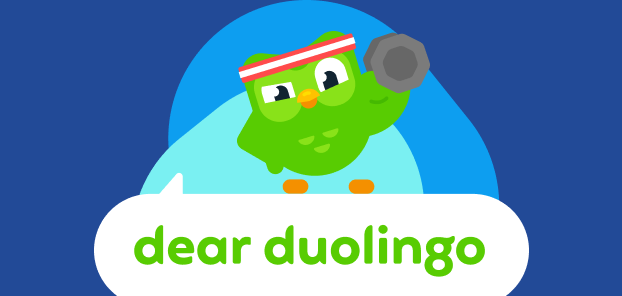
Hi learners! It's Sharon again, and I'm back this week to answer an email from a fellow educator. As someone who loves thinking about language learning through the eyes of the learner, I’m really excited to tackle this week’s question.
Our question this week:
Dear Duolingo,
I’m a Spanish learner by morning and night, and I teach ESL during the day. So I’ve done some thinking about what kind of language a learner can deal with at different levels.
How does Duolingo think about what students can understand in their new language? How do you decide that a student is competent at one level and is ready for a challenge? How big should the challenge be?
Thanks,
Practicing What I Preach
Practicing What I Preach, you bring up a great question. It’s one that we think about every day at Duolingo: What is the Goldilocks difficulty level, and how can we achieve that for each learner?
Pushing your learning (a little) further
The French have a saying: Petit à petit, l’oiseau fait son nid (Little by little, the bird makes its nest). That’s the approach that we take in your Duolingo courses: We give you lessons and exercises with language that's just a little bit more advanced than what you already know. In each lesson, you're taught a handful of new words or structures by seeing them in sentences made up of only familiar words and grammar, plus the specific new thing. Here are two ways we introduce new words:
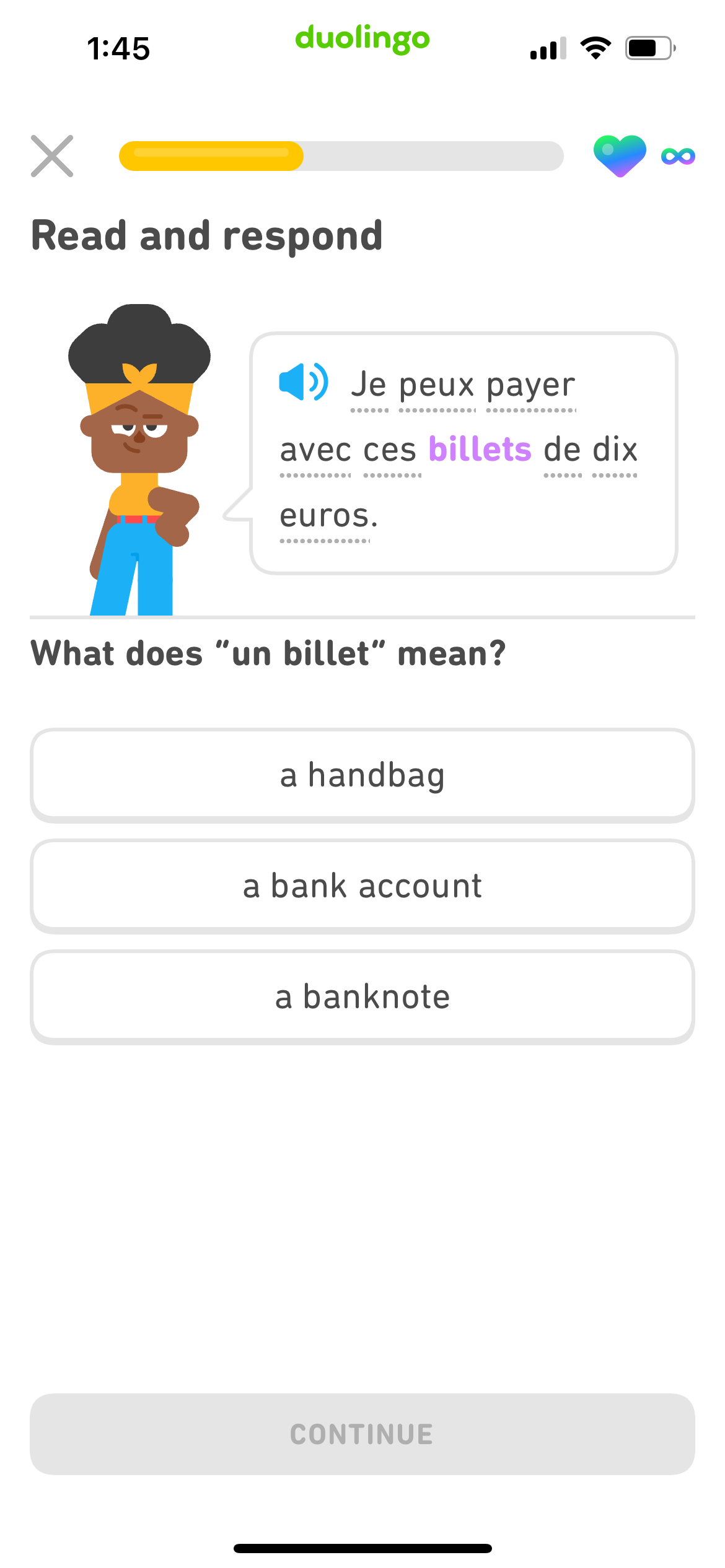 |
 |
And there's science behind this approach! About a century ago, an educational researcher named Lev Vygotsky proposed that learning is a process of first doing something with help that you are later able to do independently. He imagined the skills and knowledge that learners are ready to tackle as being in a zone of proximal development:
Later research applied this learning theory to language in particular. In the 1980s, linguist Stephen Krashen said that the ideal “fuel” for language learning is linguistic “input” (like reading and listening to the language)—but that it has to be carefully designed to be just a little beyond what you already know. By using the language you already understand, plus context clues and general knowledge, you can figure out the new words and grammar. He referred to this input as i + 1, where “i” stands for what you already know and “1” is the new thing that you can figure out but don’t yet know. Little by little, your brain integrates the new elements into your knowledge base—and soon it'll be part of what you already know, and it'll help you figure out the next new word or phrase. (Your brain tracks a lot of information like this when it's learning a language!)
The trick for teachers, of course, is to decide what “i” and “1” are at each stage of development, for each learner. If we give you language that is “i + 20”—language that is far beyond what you already know and can use—you'll likely become discouraged and frustrated… and you might give up. If we focus only on language that is “i + 0”—only what you know and feel comfortable with—your progress will stagnate and you'll become bored. Instead, we want that sweet spot of Goldilocks difficulty that's not too easy and not too hard: your “zone of proximal development”!
How we gauge difficulty in Duolingo lessons
At Duolingo, learning designers keep careful track of which words, phrases, and grammatical structures have already been taught at any given point in each course. These are what makes up the learners’ “i”—the stuff you've already learned. This is the content we use to teach the next group of brand new words and phrases: the “+ 1” part of the equation. Since each lesson only presents 5-7 new words, the amount of unfamiliar language in the input stays within what’s manageable. Hints also make sure that even the new material is understandable and within your personal zone of proximal development. With practice, like seeing the new vocabulary in more lessons, those words will soon become integrated into the bucket of things you already know and can use without help.
Other features like Stories and Podcasts are also carefully constructed to provide plenty of comprehensible input, even if you don’t understand every word. In fact, those words that you don’t already know are valuable because they teach you how to use context clues to guess what they probably mean. In Stories, learning designers aim for a 90/10 split: 90% of the story is told with vocabulary and grammar that you've already seen in your course, and the remaining 10% can be new words or phrases. For new material that might be hard to guess, you'll probably see an exercise that helps you check the meaning.
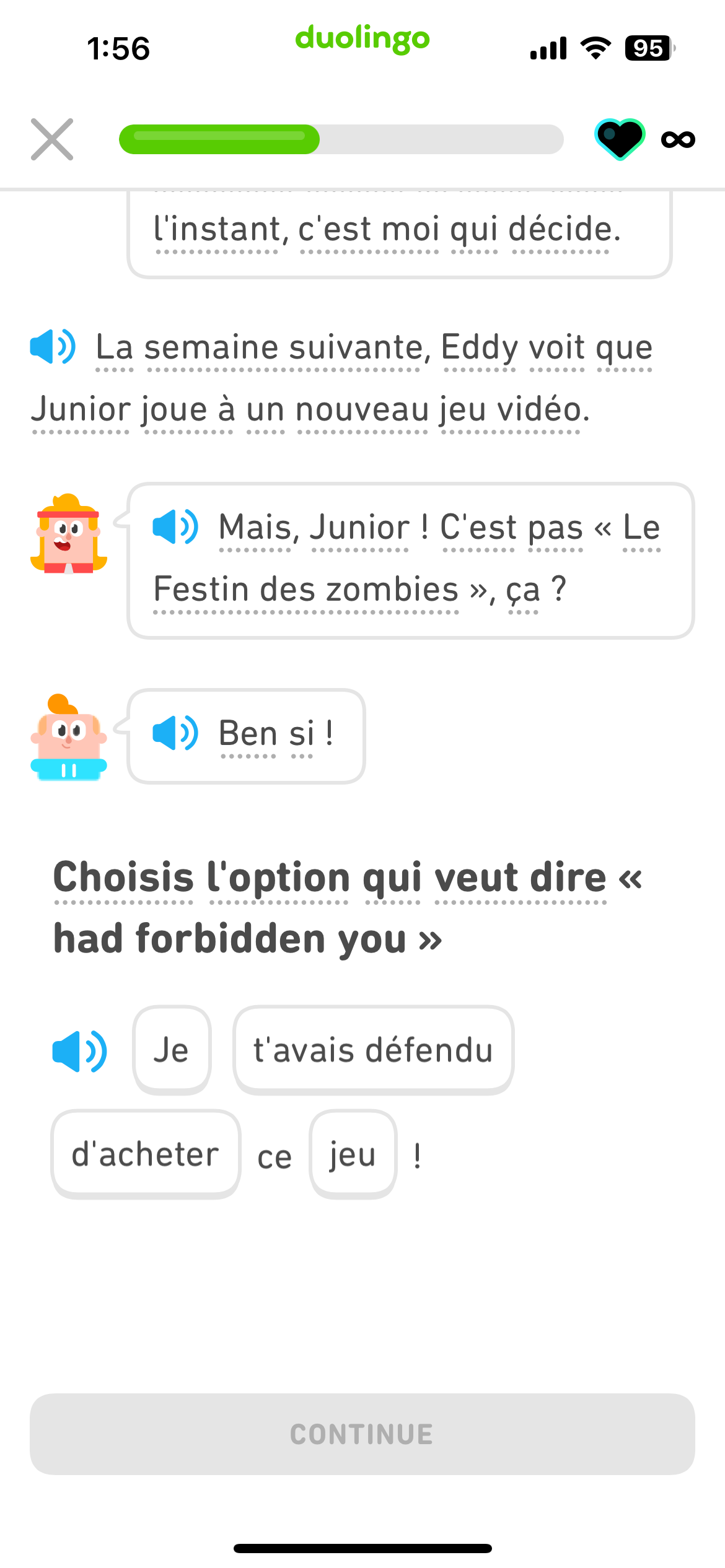 |
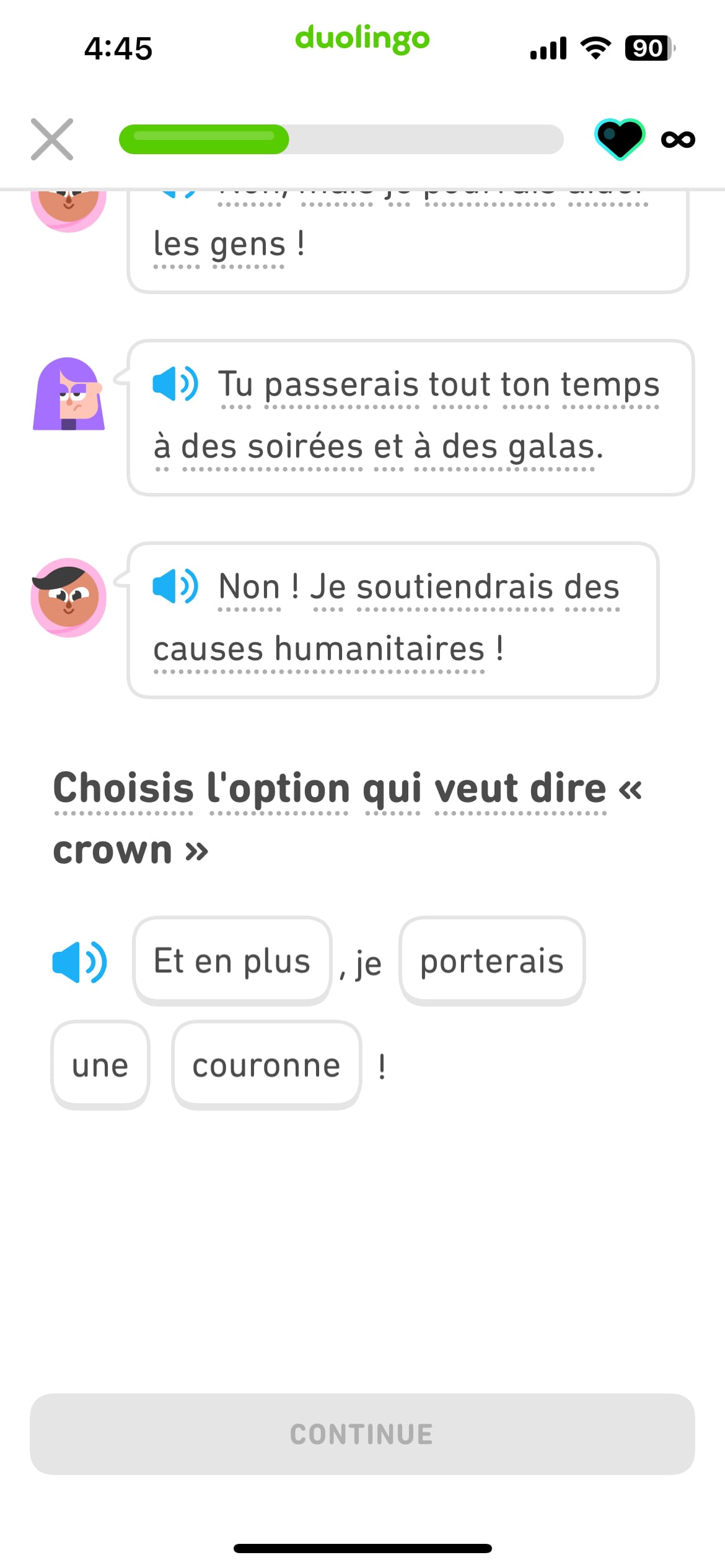 |
Duolingo Podcasts work similarly: Since natural language is used, you'll hear a mix of familiar and unfamiliar words, and the host’s narration provides the scaffolding that intermediate learners need in order to follow the story.
Learning what's difficult for *you*
Of course, what someone is comfortable with varies from learner to learner, even if they've completed the same lessons at the same time. To help support learners individually, there are special personalized practice sessions embedded right into your learning path—and everyone sees something a little different in those lessons. The Duolingo app keeps track of what you're struggling with and what's coming to you more easily, so the personalized practice lessons are a chance to work on your weakest words and grammar concepts. They give you more time in your personal zone of proximal development so you can build up the skills you need for the new material in the next lessons.
 |
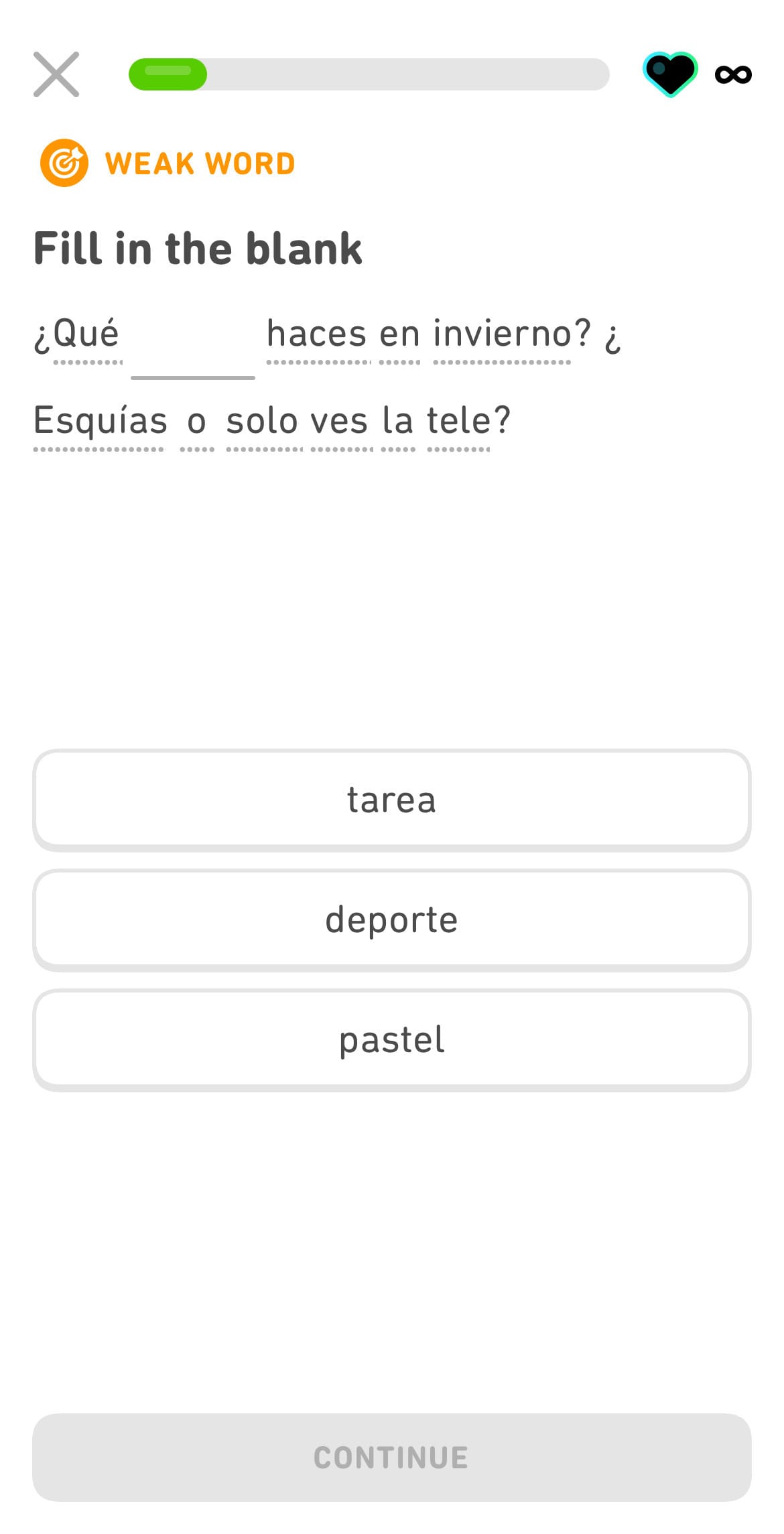 |
With advances in AI, we are now also working on new types of exercises that allow you to tailor difficulty for yourself. In some courses—including Spanish and French—some Stories include an open-ended writing exercise at the end. Since you get to decide how much to say and which words and grammar to use, this task gives you a peek into your own "i": What are you most comfortable with, and what sorts of things are you not quite ready to use on your own yet?
Max subscribers also have this kind of difficulty control in Roleplay, the feature that allows you to have a text conversation with Duolingo characters about topics related to your lessons!
Learning that is *just right* for you!
Language learning is a long-term goal that requires persistence and getting used to being challenged, but our carefully-designed lessons keep you in your personal zone of proximal development!
For more answers to your language and learning questions, get in touch with us by emailing dearduolingo@duolingo.com.
